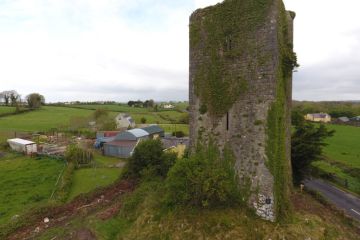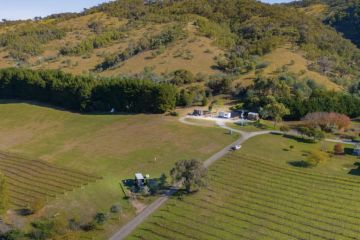‘Final piece of the puzzle’: Why are property investors biding their time?
Home buyers could be forgiven for thinking investors would rush into the property market during the downturn, in line with the age-old wisdom of “buy low, sell high”.
But despite lower property prices and other conditions that make bricks and mortar attractive to landlords, such as tight vacancy rates and rising rents, there is one missing piece to this puzzle.
That is rising interest rates, experts say. Recent hikes are the driving force behind investors’ lack of activity because they have led to higher mortgage repayments and more uncertainty.
So while it is cheaper to buy an investment property, quicker to find a tenant and easier to get good rents, higher mortgage rates have all but deterred investors from entering the market.
Investor lending is down 15.3 per cent in the year to September, the latest ABS figures show.
“Investors are still really hesitant about entering the market because they don’t have a clear runway of where rates are going to land,” said Thomas McGlynn, chief executive of BresicWhitney.
“As an investor it’s a very healthy market to be buying once you know what your mortgage repayments are going to be. It’s the final piece of the puzzle that makes it an attractive market to jump into.”
McGlynn forecasts that will change in the next six to 12 months once rates peak and stabilise, adding investors were out in force inspecting properties.

“You’ve got low vacancy rates, rising rents, so your return is better and the value that you’re able to buy the asset is lower, the last piece is your certainty of what you’re paying,” he said.
This perfect recipe for investors has come at the expense of renters in most capital cities. As a result, tenants have very few homes to choose from and face above-inflation increases in asking rents. The stiff competition has meant many are offering above market rents to secure a home to lease.
Dr Diaswati Mardiasmo, chief economist at PRD Real Estate, said while investors can lock in higher rents for a typical year-long lease, there was no guarantee their costs will be covered for that period in the inflationary environment.
“The reason why investors are not playing is because you’re only getting a fixed income for 12 months, but your outgoing costs can go up at any time; it can be from the cash rate, it can be from council rates, from body corporate bills, from water bills,” Mardiasmo said, adding that negative gearing would not ameliorate the issue.
“Your increase in mortgage is not going to wait until you settle your negative gearing at tax time.”
Mardiasmo said investors would trickle back into the market when rates peak and stabilise – but with reduced borrowing power – because property is still more stable than the volatile stock market. She said many will opt for regional locations where there are lower entry prices and better yield.
Ray White’s chief economist Nerida Conisbee said the drop in lending was fuelled by higher mortgage rates and a fall in buyer sentiment.
“It’s just psychology; they don’t want to be caught in a falling market, they’re not sure how long it will be until prices rise again, and it’s just more expensive to borrow,” Conisbee said.
She said once rates stabilise and price growth improves, investors will jump back in as vacancy rates remain low and rents continue to rise.
Nelson Alexander Fitzroy sales manager Roland Patterson said many investors were going through open homes already to determine value.
“It’s very hard to predict the bottom of the cycle, but they could comfortably buy in now to get a 10 per cent discount off the peak of the market,” he said.
“That’s still quite a reasonable saving. With a lift in rental yields, it could offset interest rates.”
We recommend
States
Capital Cities
Capital Cities - Rentals
Popular Areas
Allhomes
More


/http%3A%2F%2Fprod.static9.net.au%2Ffs%2Fb3210586-db4d-4ae2-b8f8-a9914e9ad607)







